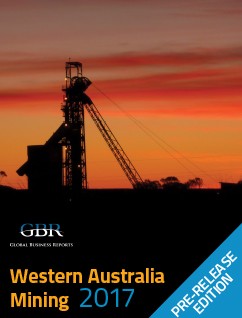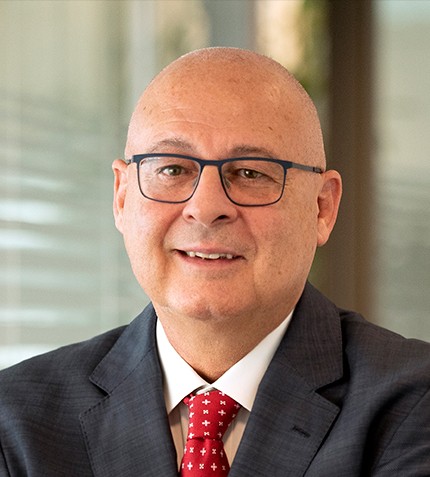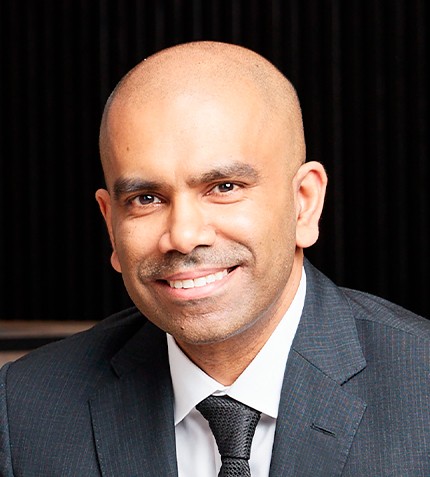
Venus Metals has a varied portfolio of different mineral deposits and is currently concentrating on meeting growing demand for the minerals required by batteries.
RELATED PUBLICATION
ARTICLES FROM THIS PUBLICATION
Matthew Hogan & Kumar Arunachalam
CHAIRMAN & CEO, VENUS METALS
Venus Metals has multiple projects across several different commodities. What is the company’s focus for 2017?
MH: Our focus is in commodities surrounding the battery space including zinc, cobalt, lithium and vanadium. The cobalt market looks very exciting as a stand out commodity going forward because of the price and the current trajectory of supply and demand. Supply is predominantly out of the DRC at the moment, and we have some exciting projects that are similar geologically to the Syerston project in NSW. Predominantly cobalt has been looked at as a byproduct of nickel production. Our cobalt mineralisation is found in laterites at shallow depths and is expected to be amenable to the leaching process. We foresee zinc supply issues encouraging the trend towards strong prices in that commodity.
What is Venus Metal’s role in the research being done in partnership with Murdoch University and Lithium Australia to develop lithium processing techniques?
KA: Venus Metals is co-funding a project with Lithium Australia to research solution purification and valuable by-products formation during the production of battery-grade lithium from micas. Within our lithium tenements we have encountered lithium mica in recent drilling. The current research will be highly beneficial to progress in our lithium projects.
What is Venus Metals’ strategy for building its portfolio of projects?
MH: Over the last few years, we have managed to pick up projects in Western Australia inexpensively during the downturn. Venus Metals only has 69 million shares on issue, which is a very low number for a company that has been in existence for nearly 10 years. Our number one standout points is that we have virtually every commodity covered within our portfolio, with a very tight capital structure, and we have managed to raise funds over the years at substantially higher rates than our initial listing price.
How do you believe the government could better support the junior sector in terms of encouraging greenfield exploration?
MH: We were disappointed with the decision to remove tax credits to incentivize exploration in the junior sector. We felt that was a good flow-back scheme to shareholders. We have had great benefits from the mines department applying for co-funded drilling grants. These sorts of incentives should remain to assist junior explorers in finding the ore bodies that lead to mines. Junior explorers drive many of the different sectors of the value chain and someone needs to be lobbying on juniors’ behalf for more incentives during the downturn.
What strategy does Venus Metals use to optimize its exploration targets?
KA: Normally, for any exploration project we depend mainly on geophysical techniques. The same technology may not work for the same mineralization in a different geological environment. There has been a significant advance in geophysical technology and we are currently using VTEM and IP geophysical surveys for delineating targets for base metals/gold.











